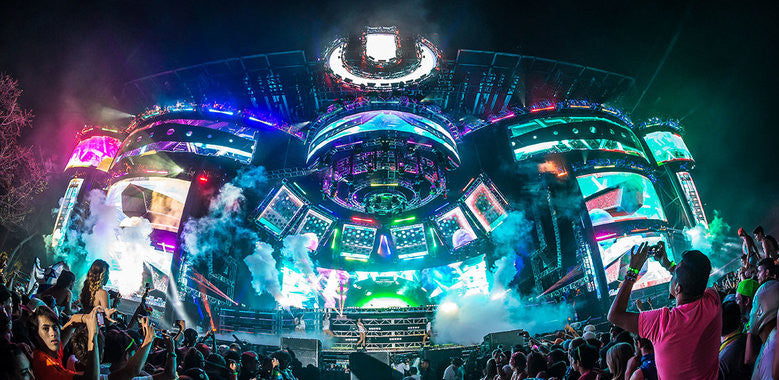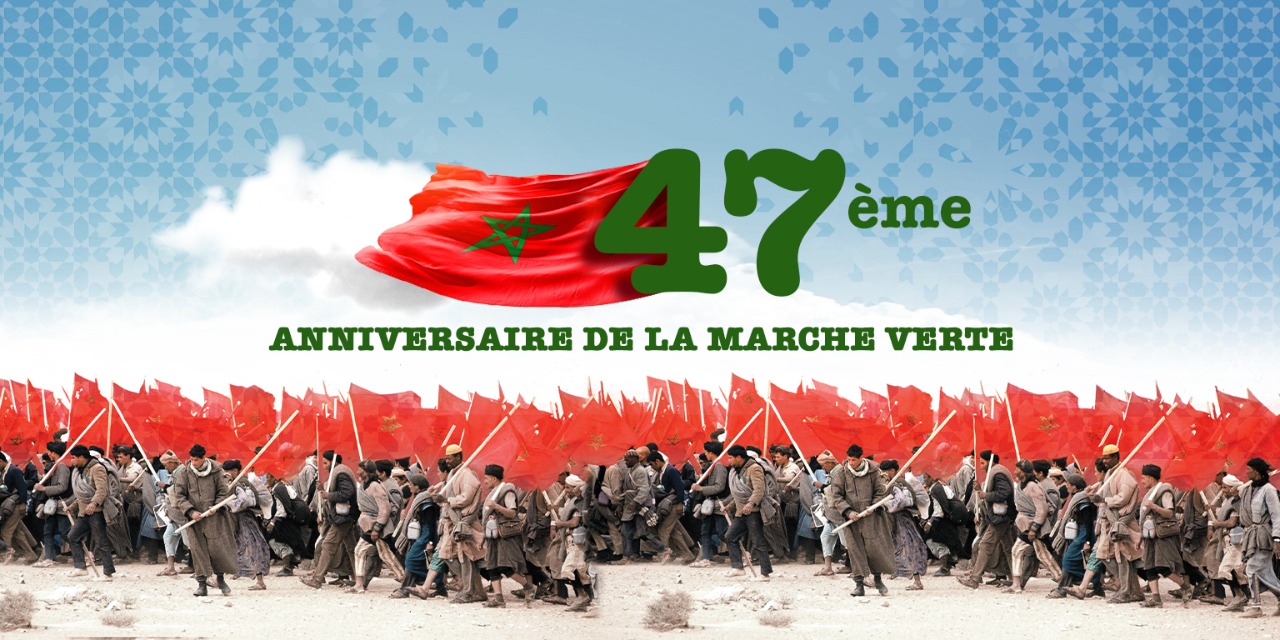Economic Benefits Of Large-Scale Rave Events

Table of Contents
Job Creation and Employment Opportunities
Large-scale rave events are significant job creators, offering a diverse range of employment opportunities, both directly and indirectly. This contributes significantly to the economic impact of these events.
Direct Employment
Rave events require a large workforce to operate smoothly. Direct employment opportunities are plentiful and span various skill sets.
- DJs and Music Producers: These professionals are central to the rave experience, and their fees contribute directly to event revenue.
- Sound Engineers and Lighting Technicians: Technical expertise is crucial for a successful event, creating demand for skilled professionals.
- Security Personnel and Medical Staff: Ensuring attendee safety is paramount, leading to substantial employment in security and medical services.
- Event Organizers and Managers: A large team is needed to plan, coordinate, and execute every aspect of the event.
- Ticket Sellers and Box Office Staff: Efficient ticket sales are crucial for revenue generation, requiring dedicated personnel.
- Bar Staff and Catering Teams: Providing refreshments and catering services for large crowds creates numerous hospitality jobs.
The multiplier effect further amplifies job creation. For instance, transportation companies benefit from the increased demand for shuttles and taxis, while local businesses providing event-related services also see employment growth. These indirect job opportunities further showcase the substantial economic benefits of large-scale rave events.
Indirect Employment
The economic impact of rave events extends beyond the event venue itself. The influx of attendees boosts various sectors in the surrounding area, fostering a ripple effect of economic activity.
- Hotel Staff: Attendees often require accommodation, benefiting the hospitality industry.
- Restaurant Workers: The increased number of visitors leads to higher demand for food and beverage services.
- Taxi Drivers and Transportation Services: Attendees rely on transport to and from the event, boosting the local transport sector.
- Local Shop Owners: Increased foot traffic often results in higher sales for local businesses, such as convenience stores and souvenir shops.
- Merchandise Suppliers: The production and sale of event merchandise generate jobs within the manufacturing and retail sectors.
These indirect effects contribute considerably to the overall economic benefits of large-scale rave events, highlighting their positive influence on local communities.
Revenue Generation and Economic Growth
Large-scale rave events are significant revenue generators, contributing substantially to economic growth at both local and national levels. This revenue stream is fueled by several key factors, making them attractive economic drivers.
Ticket Sales and Merchandise
A key component of rave event revenue is ticket sales. High demand for tickets, especially for popular events, creates significant income.
- High Ticket Demand: Popular events often sell out quickly, indicating strong revenue potential.
- Merchandise Sales: Event-branded merchandise provides an additional revenue stream.
- VIP Packages: Premium experiences, such as VIP access and backstage passes, generate higher revenue per attendee.
- Sponsorships: Sponsorships from businesses can provide substantial additional funding for organizers.
These multiple income streams illustrate the significant revenue potential of large-scale rave events and their contribution to overall economic growth.
Tourism and Spending
Rave events often attract attendees from outside the immediate area, boosting the local tourism industry and generating substantial economic benefits.
- Accommodation Revenue: Attendees frequently require accommodation, increasing hotel and Airbnb occupancy rates.
- Increased Spending in Local Businesses: Attendees spend money on food, drinks, transportation, and other local services.
- Transport Costs: Travel expenses incurred by attendees also contribute to the local economy.
- International Attendees: Large-scale events can draw international tourists, bringing significant foreign currency into the local economy.
The tourism element of large-scale rave events contributes significantly to the overall economic impact, demonstrating their capacity to stimulate economic activity beyond the event itself.
Tax Revenue and Public Funding
The economic benefits of large-scale rave events extend to the public sector through increased tax revenue and opportunities for public-private partnerships.
Local and National Taxes
The revenue generated from these events contributes directly to government coffers through various taxes.
- Ticket Sales Tax: Taxes levied on ticket sales contribute to local and national tax revenue.
- VAT on Merchandise: Value-added tax (VAT) on merchandise sales provides further income for government bodies.
- Corporate Tax on Event Organizers: Event organizers pay corporate taxes, contributing to national revenue.
- Income Tax from Employees: Income tax paid by employees working at the events contributes to government revenue.
This inflow of tax revenue can be reinvested in public services and infrastructure, creating a positive feedback loop.
Potential for Public-Private Partnerships
Collaboration between event organizers and local authorities can unlock even greater economic benefits and facilitate improvements in public services.
- Event Organizers Collaborating with Local Authorities: Joint planning can optimize resource allocation and minimize disruption.
- Sponsorship Deals Involving Public Institutions: Public institutions can benefit from sponsorships and partnerships.
These partnerships foster mutually beneficial relationships, maximizing the economic and social benefits of large-scale rave events.
Conclusion
Large-scale rave events are not just entertainment; they are significant contributors to economic prosperity, generating substantial revenue, creating numerous jobs, and boosting local economies. The economic impact extends far beyond the immediate event, fostering tourism and contributing to overall economic growth. The revenue generated through ticket sales, merchandise, and related spending translates into significant tax revenue for local and national governments. Furthermore, the creation of direct and indirect employment opportunities provides crucial economic support for communities hosting these events.
Recognize the substantial economic benefits of large-scale rave events and consider their positive impact on local communities and national economies. Support responsible event planning and sustainable practices to maximize these economic benefits and promote the growth of this vibrant industry. Learn more about the economic impact of rave events and advocate for responsible policies that support this sector.

Featured Posts
-
 Parcay Sur Vienne 100 Participants Celebrent La Fete De La Marche
May 19, 2025
Parcay Sur Vienne 100 Participants Celebrent La Fete De La Marche
May 19, 2025 -
 A Tech Billionaires Spreadsheet Exposing The Woke Policies In France
May 19, 2025
A Tech Billionaires Spreadsheet Exposing The Woke Policies In France
May 19, 2025 -
 Balmain Fall Winter 2025 2026 Collection A First Look
May 19, 2025
Balmain Fall Winter 2025 2026 Collection A First Look
May 19, 2025 -
 Securing Your Place In The Sun A Practical Guide To Buying Abroad
May 19, 2025
Securing Your Place In The Sun A Practical Guide To Buying Abroad
May 19, 2025 -
 Nyt Mini Crossword Hints And Answers April 18 2025
May 19, 2025
Nyt Mini Crossword Hints And Answers April 18 2025
May 19, 2025
Latest Posts
-
 Gazze De Ramazan Yasam Haberler Ve Anadolu Ajansi
May 19, 2025
Gazze De Ramazan Yasam Haberler Ve Anadolu Ajansi
May 19, 2025 -
 Ramazan Bayrami Gazze De Anadolu Ajansi Nin Goezuenden
May 19, 2025
Ramazan Bayrami Gazze De Anadolu Ajansi Nin Goezuenden
May 19, 2025 -
 Gazze Deki Kanalizasyon Krizi Anadolu Ajansi Na Goere Durum Ne
May 19, 2025
Gazze Deki Kanalizasyon Krizi Anadolu Ajansi Na Goere Durum Ne
May 19, 2025 -
 Gazze De Ramazan Anadolu Ajansi Haberleri Ve Analizleri
May 19, 2025
Gazze De Ramazan Anadolu Ajansi Haberleri Ve Analizleri
May 19, 2025 -
 Gazze Kanalizasyon Sistemi Anadolu Ajansi Nin Analizi Ve Coezuem Oenerileri
May 19, 2025
Gazze Kanalizasyon Sistemi Anadolu Ajansi Nin Analizi Ve Coezuem Oenerileri
May 19, 2025
